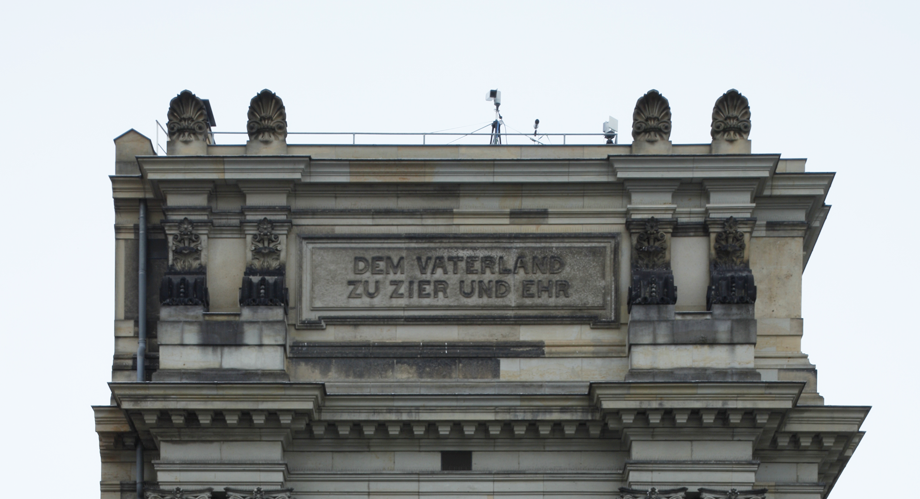annual topic 2018: “Model artists” – human, role and artist models
„Let’s say, the art system is a small model, a test field. Other industries are more important, but in this small test field you see, how the art system is colonising rooms, occupies, gentrifies; cities; heads and resources are transformed, global systems are created to acquire new talent, ideas or exotic pictures. Or conversely, art is used, to decorate dictatorships and oligarchies. This system of colonisation is not ordinary, but it creates a new integrated form of global capitalism.” (Hito Steyerl)
The 2018 exhibition concept of GEH8 is focussing to processes of urban development, which are in direct proximity to GEH8 – a former repair shop for waggons close to an industrial wasteland. The art center GEH8, which is currently going through a development from project space to an institution. Against this backdrop art functions as a source for impulses for the urban city development and in addition for cultural industries.
Artists and so called creatives are used as boosters for processes of city marketing, and on the other hand are still living in precarious living situations. According to Austrian economist Friedrich August von Hayek artists belong to the group of ‘traders of second hand ideas’. In regard to the distribution of ideas they function as a filter, through which new ideas and concepts pass through, before they are transformed into sensorial receivable products, like for example art pieces, photography, films and videos, to reach the masses.
Copying, plagiarizing, hybridising, consumption, competing, presenting but also the deceiving, stealing, hacking and the exploiting are part of current artistic practises. In connection to F.A. von Hayeks comments about societal processes of transformation of ideas, questions like this come up: Which ethical Impetus should be aestheticised with contemporary art? Which ideas or concepts should be filtered and distributed for the masses? How are artists conscious about being part in these processes? How are artists part of the production of neoliberal role models? How are recipients processing connected inputs?
These questions we would like to focus on with the following artists: Annette Hollywood (DE), Julia Krause(DE), Helen Costa Iglesias (CH), J. Tobias Anderson (SWE), Jonas Lewek (DE), Antje Seeger (DE), Juliane Stiegele (DE), Margit Greinöcker (AT), Philipp Gloger (DE), Judy van Luyk (NL), Joachim Merbitz (DE), der Tänzerin Daniela Lehmann (DE), the writer Thomas Mann (†) and artist and musician James Hoff (US).
Image: Antje Seeger und VG Bildkunst Bonn, 2018
